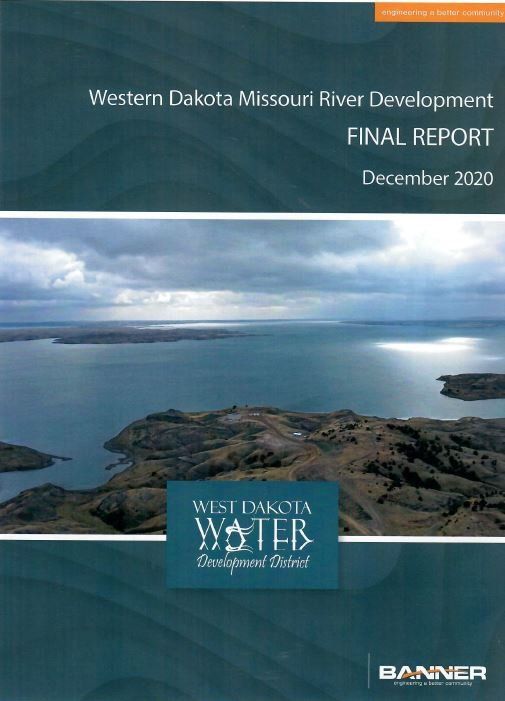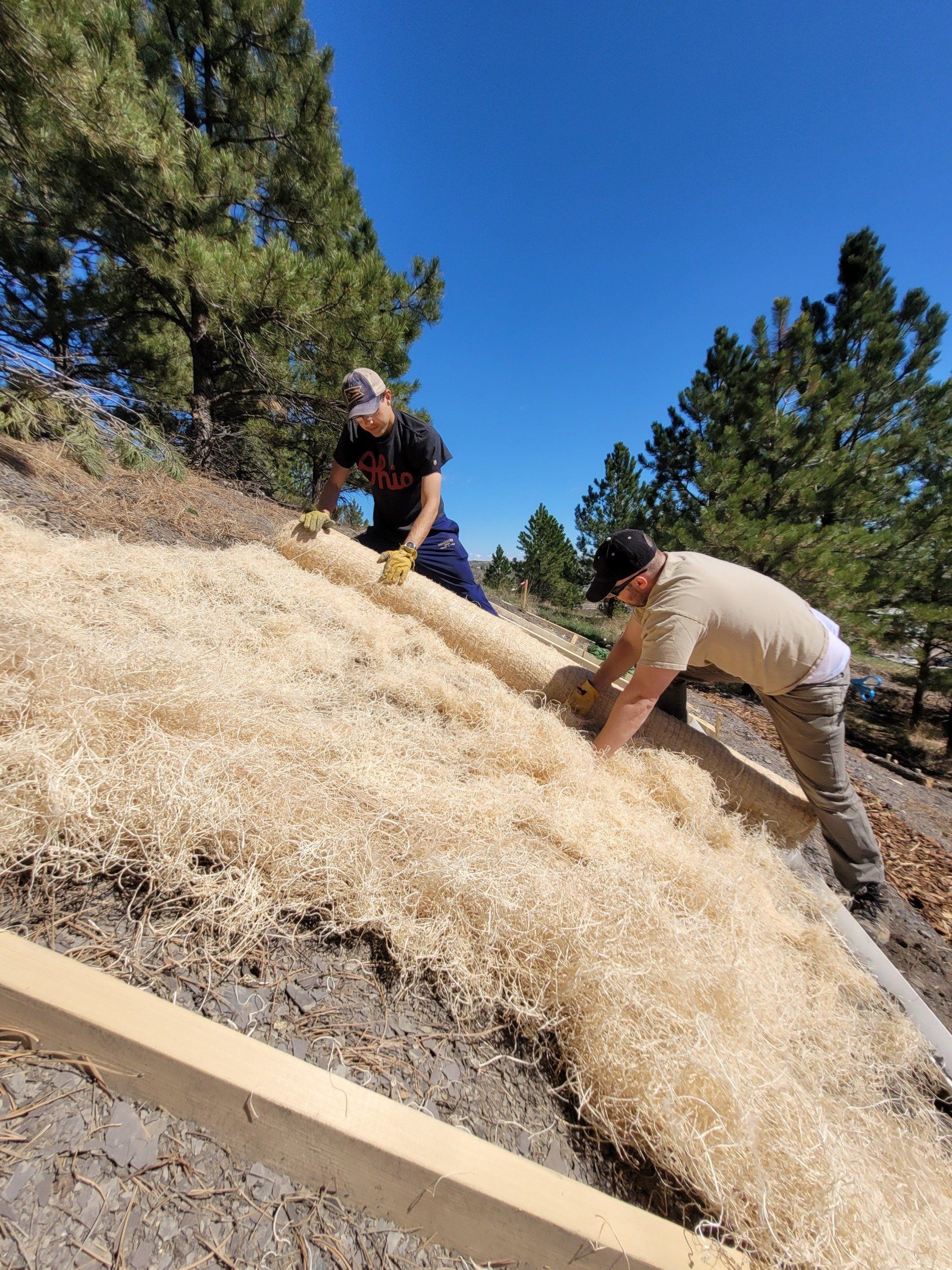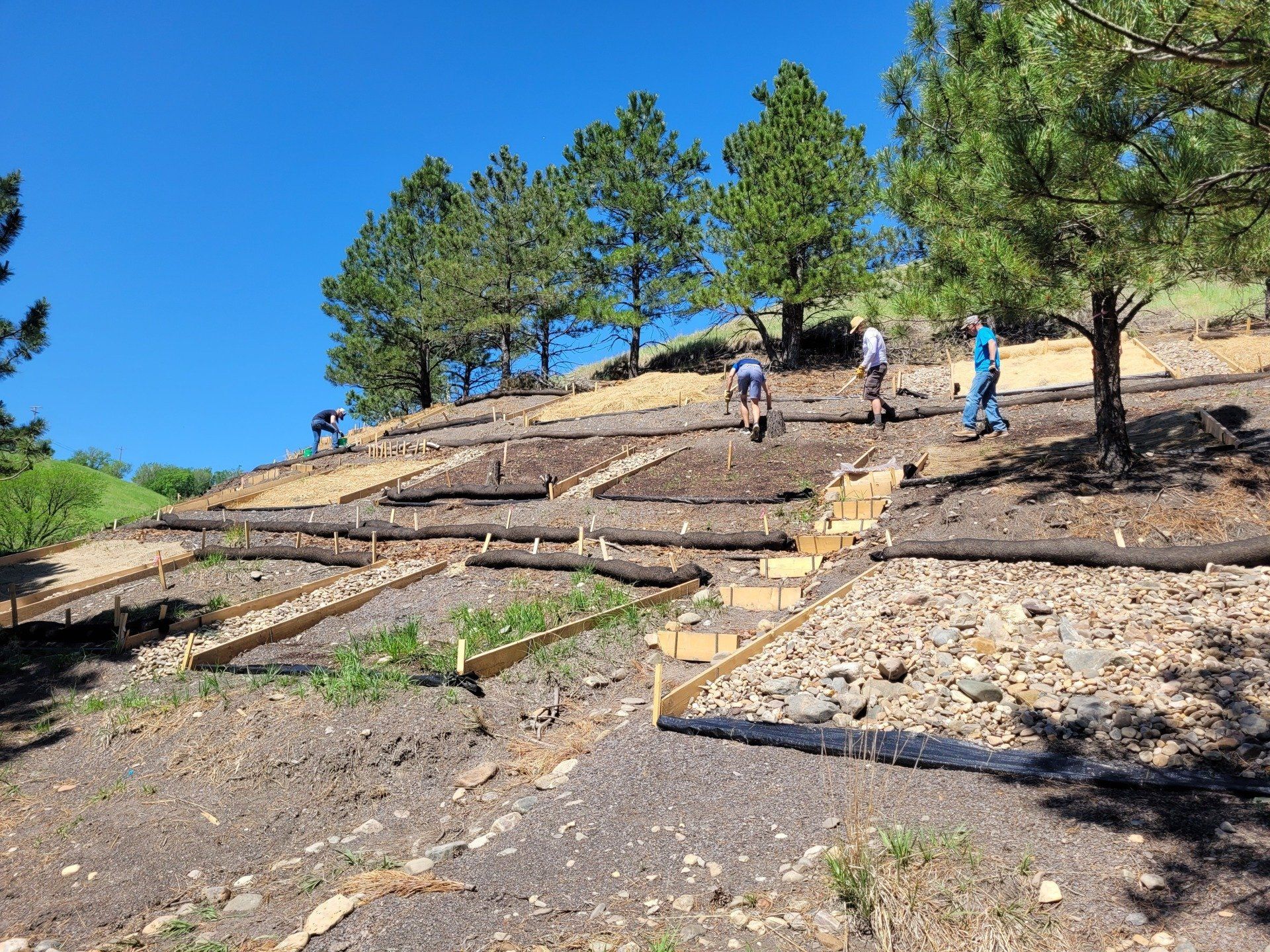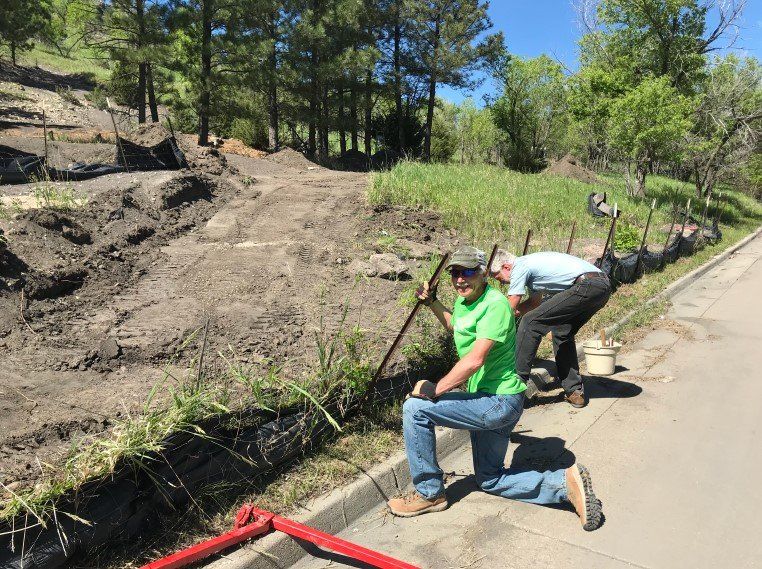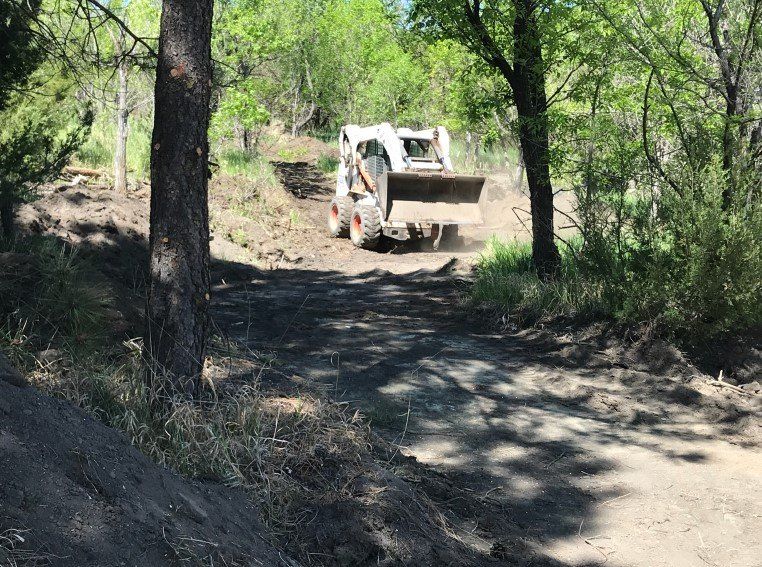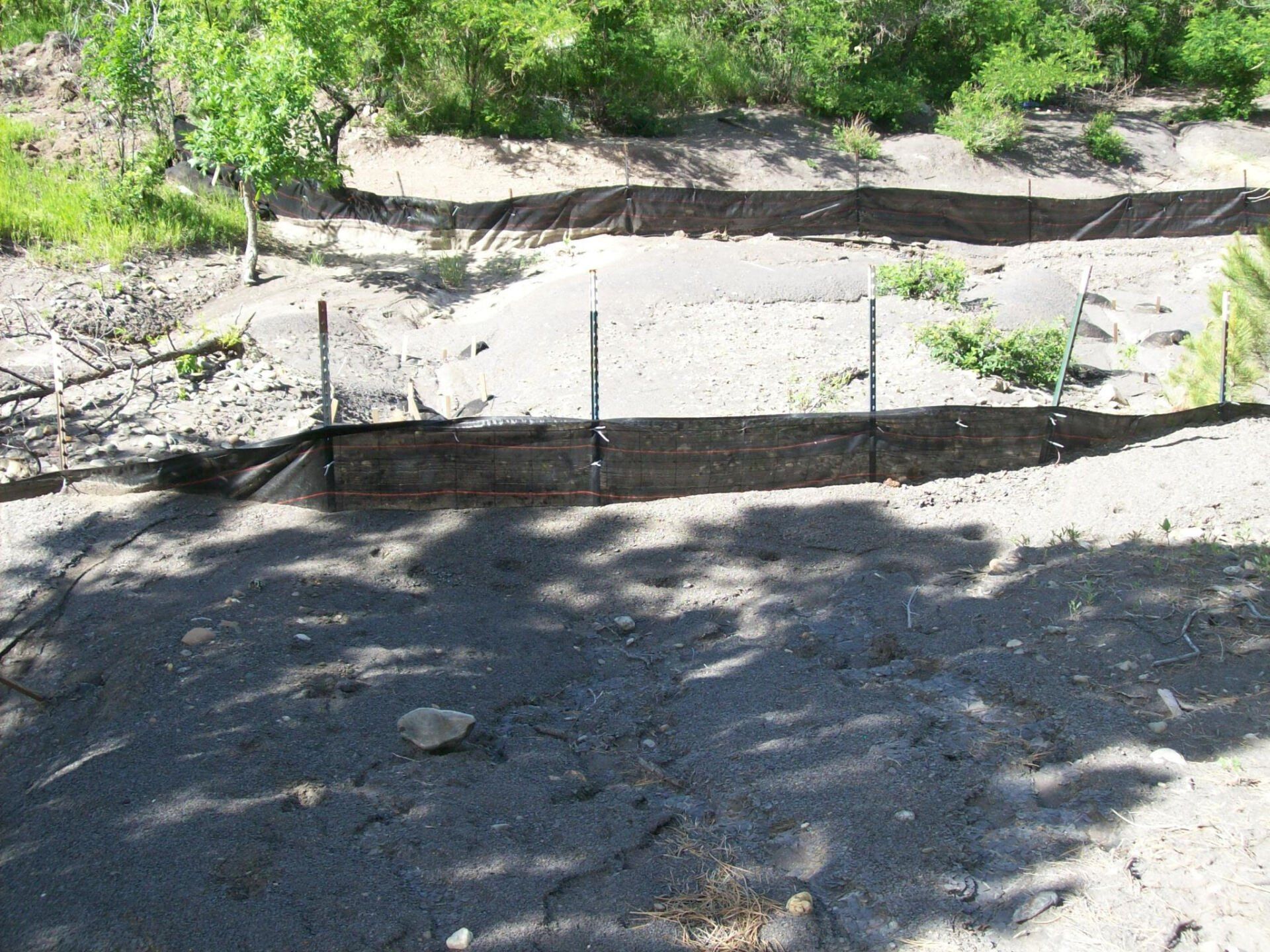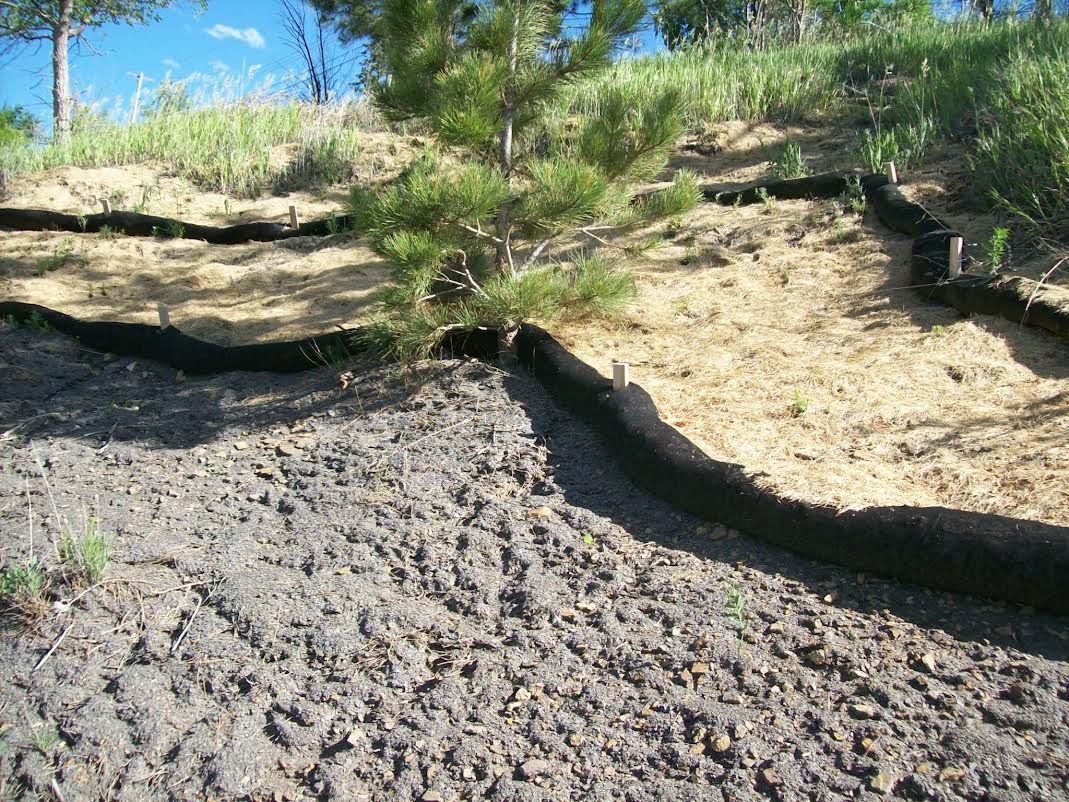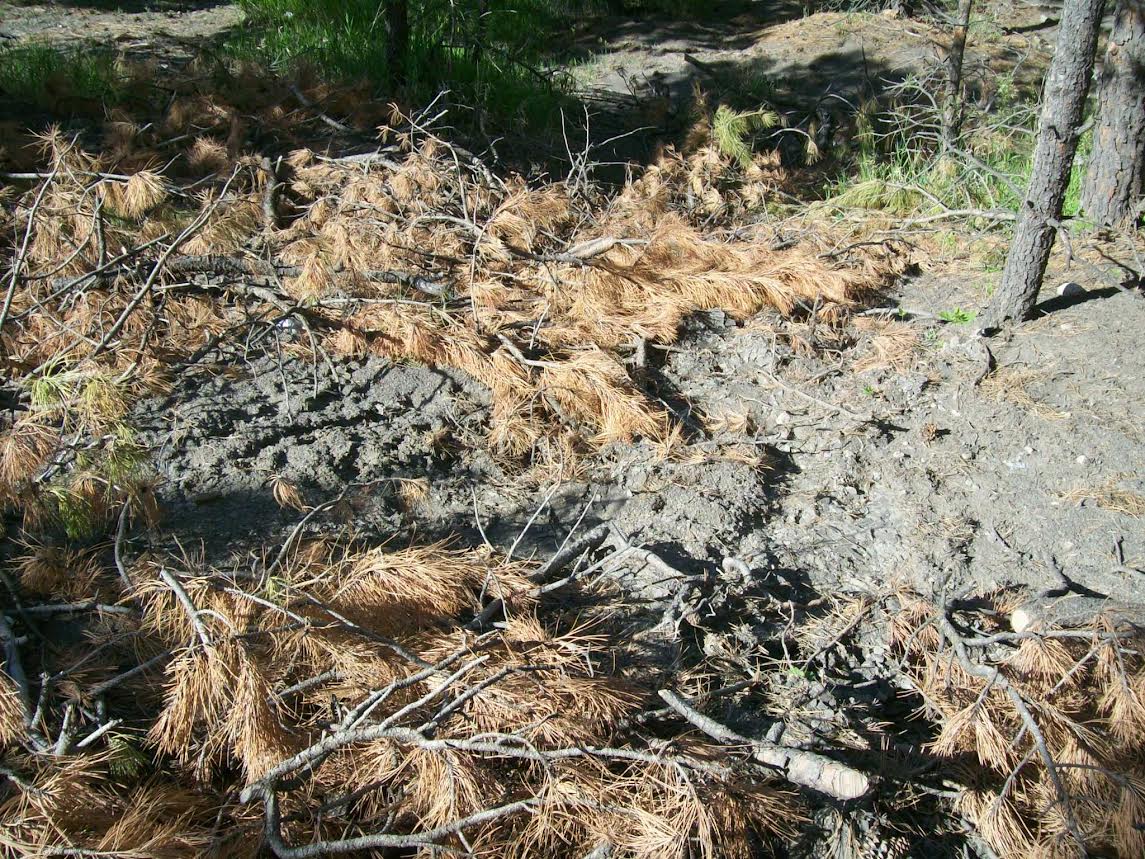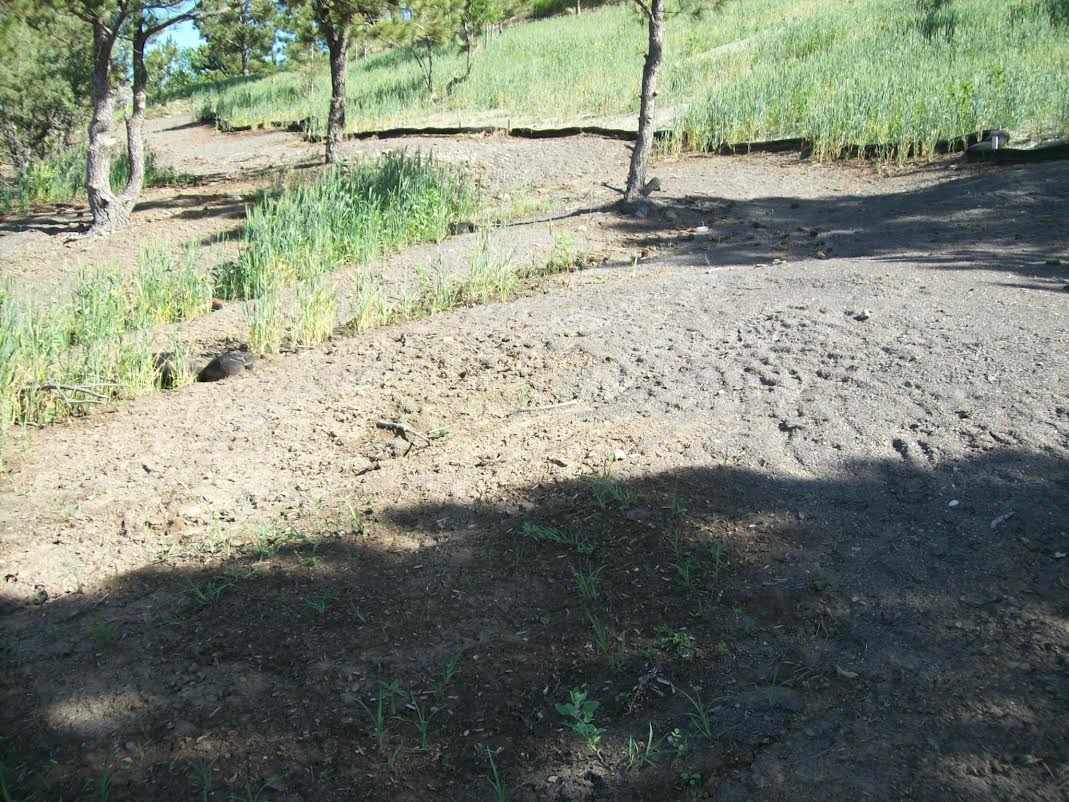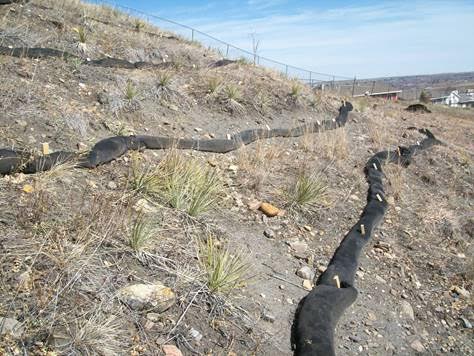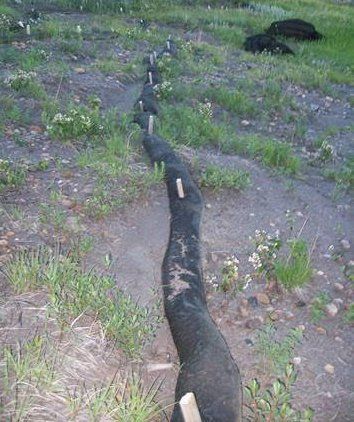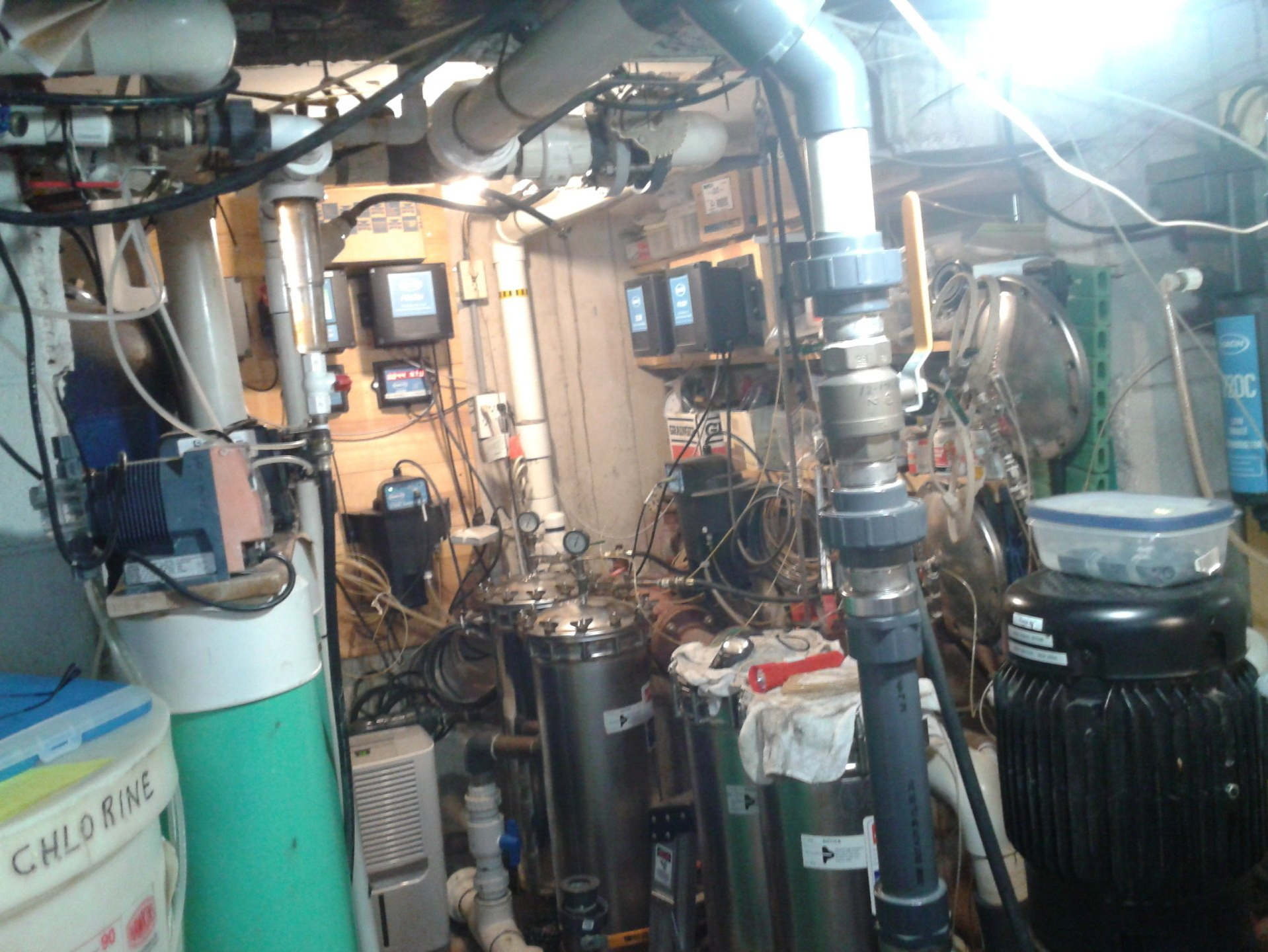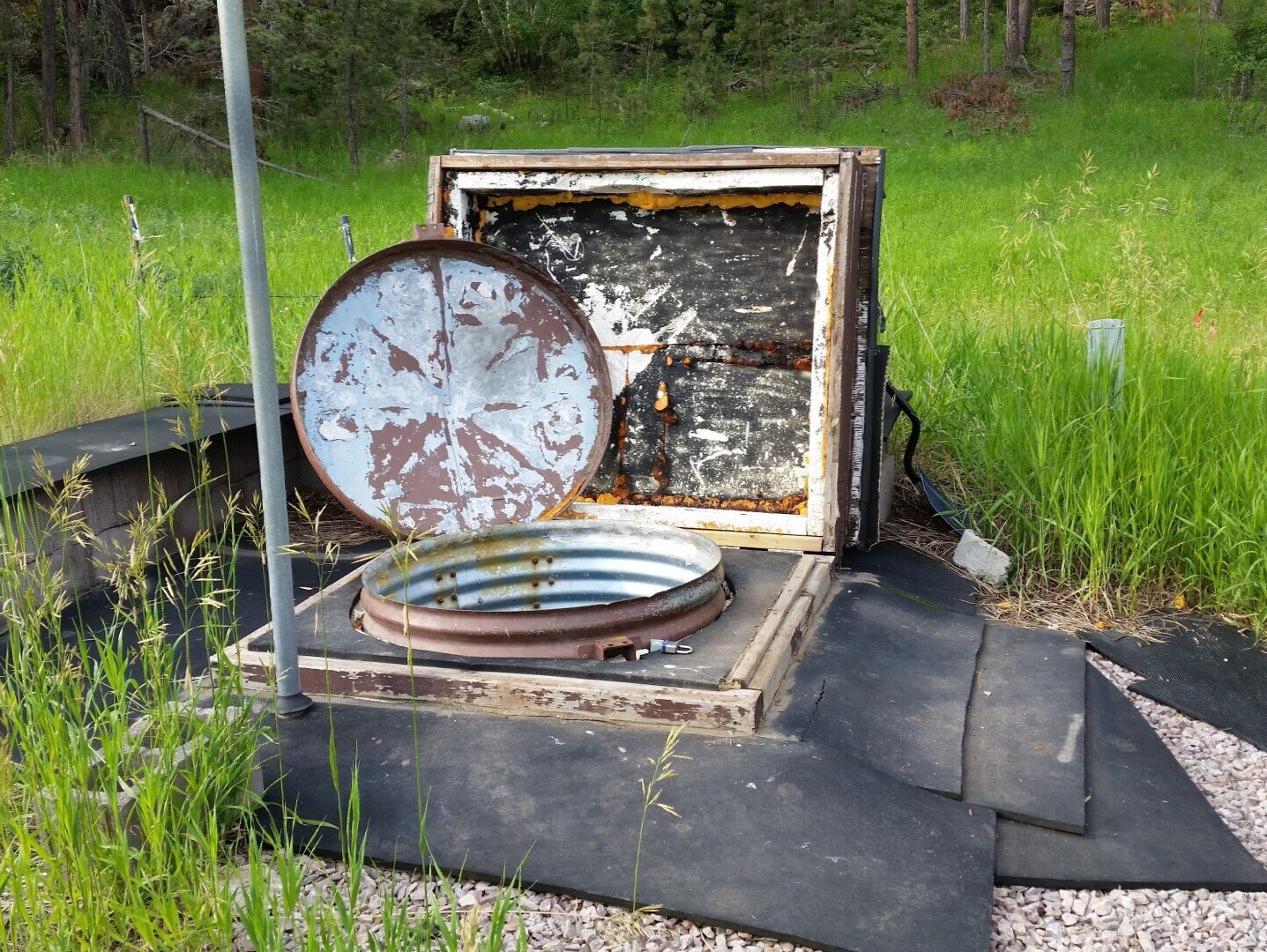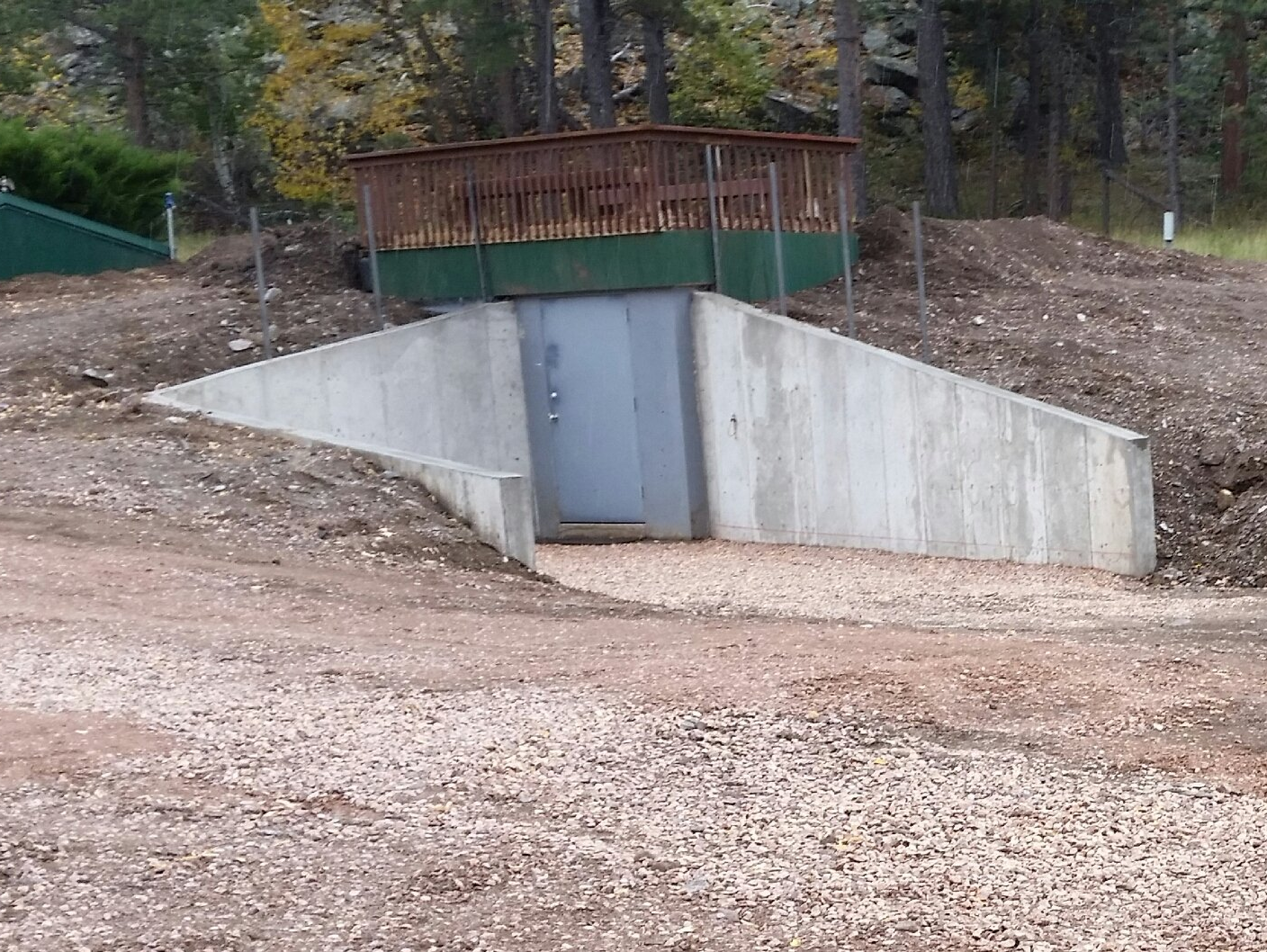Projects
BARR
Watershed modeling for Deerfield and Pactola reservoirs:
to evaluate environmental and water user benefits of operations in future changing conditions
Medicine Mountain Scout Ranch
WDWDD Helped fund a Water Supply Improvement Project at the Medicine Mountain
Scout Ranch near Custer, SD.
West Dakota Water Development District (WDWDD) has been active in water conservation and enhancement projects in western Pennington County since 1985.
Next Steps for Missouri River Water Allotment (Banner), see May 12, 2020 meeting WDWDD has partnered with the United States Geological Service, South Dakota Department of Natural Resources, Pennington County, the City of Rapid City and South Dakota School of Mines and Technology, and others on numerous projects over the years such as:
MISSOURI RIVER pipeline (Western dakota regional water system, inc.)
(also see meetings page under Additional Files)
- Next Steps for Missouri River Water Allotment (Banner), see May 12, 2020 meeting
- Missouri River Water Allotment Study for Future Use Water Permit slides (SDSMT) (pipeline from Missouri River)
The Living Laboratory for Erosion Control and Stabilization - SD Mines
The living laboratory shows 25 different ways erosion problems that can be fixed. Each semester, students are measuring sediment loss from each plot to continue to assess how well each plot is working. We expect this lab to grow and change after each class. So, please stop by to see what has changed. Funding was approved in Aug 2020.
The lab results are rated by looking at how easy they are to build, cost and how much sediment is lost over time. All these factors are used to compare the plot erosion control methods.
Students designed and built this lab with the help of faculty and community volunteers.
The lab is located on the hillside to the west of Connolly Hall. The Rocker Trails project makes the lab easy to find. Please stay on the trails since each plot is an ongoing experiment and shouldn’t be disturbed.
EROSION CONTROL OF EXPOSED SOILS NORTH OF STAR VILLAGE IN RAPID CITY
Funded in May 2021, the Star Village erosion control work areas are pilot projects for what likely will become a long-term endeavor to improve water quality from storm water runoff in Rapid City. This will be accomplished by controlling erosion/sedimentation by revegetating large erosive shale areas throughout the City. There are many tens of acres of similar erosive black shale areas in eastern Rapid City between St. Joe and St. Patrick, farther south along U.S. 79, and west of Star Village in the Hillcrest area between 5th and 8th Streets. In the west side of town there are many highly erosive areas in the red shales such as the areas around Stevens High and the Guard Camp. This project funded by the West Dakota Water Development District (WDWDD) is a collaborative effort that includes WDWDD personnel, property owners and community volunteers.
Volunteers are always appreciated.
To volunteer your time please contact Dan Driscoll.
Phone: 605-209-0305, 605-348-2557; Email: wdwdd3@outlook.com.
OUR EFFORTS ARE PAYING OFF
On June 20 we had the heaviest rainstorm to date at Star Village. We are happy to report that all of our efforts seem to be working very well. Below is a photo that shows 2 rows of wattles that were installed just below a section of head cut with grass clippings covering the bare shale. You can see the rilling below the wattles, but the clippings didn't move at all. We've got 2 rows along almost the entire head cut and I've since covered about 60-70% of the length with clippings. It's the same story all along ... rilling below but the grass is completely stable everywhere. So it looks like we've got a really good chance of stopping the head cut from advancing any farther with a very simple and cheap approach.
A silt fence that filled to essentially the top in this single rainstorm and another fence just down hill with a high-water mark, but minimal sediment. The uphill fence caught the lion's share.
You can see sediment caught in branches from pines we trimmed to reduce pine needles and allow more daylight.
You can see winter wheat and grass growing where we topsoiled and placed erosion-control blanket. Farther downhill is more growth where we spilled topsoil laced with our seed mix.
Star Village Hillside
lacroix Disc Park Hillside
The wattles are now partially obscured by fresh vegetation growth. Here is one 'before' photo, followed by two more taken recently.
We've accumulated much sediment above the wattles and much vegetation has taken hold.
Rapid Creek DNA Testing Project
Rapid Creek is a vital natural resource for wild brown trout, tourism and recreation in Rapid City, SD. Continuous parks and green spaces all along the creek creates and enhances a quality of life unparalleled in our region. Expanding urban development has and continues to impact Rapid Creek’s water quality. Regular water testing by the SDDENR has resulted in listed total maximum daily load impairments for fecal coliform bacteria since 1998. The specific sources of fecal coliform bacteria contamination has yet to be identified. The West Dakota Water Development District has provided $53,014 to fund a study on the fecal coliform impairment in Rapid Creek. Through diverse partnerships with local residents, H2E, Incorporated, Source Molecular Corporation, the SDDENR, the SDSM&T and the United States Geological Survey, the West Dakota Water Development District will collect and analyze DNA samples from Rapid Creek to identify sources of fecal coliform bacteria. The SDSM&T will also be determining the presence, distribution, and persistence of pathogenicity genes in Rapid Creek. This dual approach will identify the source of contamination (human, dog, deer, bird or cattle) as well as provide insight to potential dangers to human health. By defining and understanding the source(s) of bacteria in Rapid Creek, the West Dakota Water Development District hopes to provide a healthy and accessible urban waterway for future generations to use and enjoy. Read more about this project here.
Source Identification of Fecal Pollution in Rapid Creek, SD Final Report
Pathogenicity Potential of the Bacteria in Selected Locations of Rapid Creek Final Report
Erosion-Control Project at
Raider Park near Stevens High School
The West Dakota Water Development District provided funds for with stakeholders of Raider Park, which includes the Tom Pfeifle Memorial (TPM) Foundation, on a project for implementing erosion-control measures in areas of exposed erosive soils at Raider Park. Raider Park has mainly been developed by TPM as an outdoor classroom on a largely undeveloped parcel owned by Rapid City Area Schools just north of Raider Road just north of
Stevens High School (figure 1). West Dakota’s driving interest is to reduce sediment transport from the erosive areas by collaborating with the project partners to achieve revegetation of erosive areas throughout Raider Park. West Dakota has recently implemented several pilot-level erosion-control projects in black shale settings in eastern Rapid City and is interested in piloting additional efforts in the erosive red shale and gypsum outcrops that are prevalent in western Rapid City. Raider Park presents a unique opportunity for such efforts.
Trinity Eco Prayer Park
The West Dakota Water Development District provided $49,500 in funding to the Trinity Eco Prayer Park. The Park educates and inspires people to stop overlooking the value of water and to protect Rapid Creek by: 1) reducing unnecessary stormwater runoff which end in Rapid Creek and compromises the quality of the area’s main watershed; 2) decreasing the amount of drinkable water being used on lawns and gardens. The Park is located on the corner of 4th and Saint Joseph Street and has the capacity to hold the rainfall from a 100 year storm event (approximately 18,000 cubic feet of stormwater). Read more about this project on their Facebook page here: https://www.facebook.com/trinityecoprayerpark/.
Hisega Meadows Pump House
Hisega Meadows, a local housing development approximately 40 years old, received a $40,000 grant from the West Dakota Development District for a safety upgrade to their pump house. A 19’ x 20’ underground room was added to the existing pit.
The addition is an all concrete structure and the enhancements to the structure included;
- An all season water hydrant,
- A deck on the roof that included a safety railing,
Metal facing on the building, - Two new larger chemical tanks including safety spillage tanks, and
- A new 3 ft. concrete safety wall and roof around the intake gallery.
Pumps and plumbing remain in the old room and the chemical tanks and electrical components are now in the new room. The old entrance will only be used as an emergency exit if needed. These enhancements have created a safer working environment. This project was able to be completed within budget through over 600 hours of volunteer work by Hisega residents.
Keystone Drinking Water Monitoring System repairs (2020)
Deerfield, Pactola and Rapid Creek Systems Analysis Modeling—Master’s Thesis
Inventory of Impervious Areas in Rapid City (SDSMT), see May 12, 2020 meeting
Deerfield, Pactola and Rapid Creek Systems Analysis Modeling Project (SDSMT)
Rapid City Airport Green Roof Project
2016 SDSMT Crystalline Aquifer Study
Canyon Lake Water Quality Monitoring (USGS)
West Berry Trails Rehabilitation
Hydrological Study of the Black Hills
Analysis of Ground-Water Flow in the Madison Aquifer
Water-Quality Effects of Septic Systems
Black Hills Area Floods Since 1877
Thunderstorms and Flooding of August 17, 2007
Ground-Water Resources in the Black Hills Area
Hydrologic Effects of the 1988 Galena Fire
WDWDD On-site Wastewater Grant Program
WDWDD On-site Wastewater Grant - Application PDF
2015 Didymosphenia geminata Research in Rapid Creek (Rock Snot)
FAQ's
- Does West Dakota Water Development District supply water? No, See our mission statement.
- How do I apply for a grant? We have a guidelines document - see ABOUT US tab.
- How do I find out who supplies water to my area?
- The SD DANR can provide information on the larger systems.
- Check with government municipalities near your location.
- Check with neighbors of the location.
- How can I get my water tested?
- SD Dept. of health: https://doh.sd.gov/lab/environmental/privatew.aspx
- Mid Continent Testing Lab: 605-348-0111
- Monday
- -
- Tue - Fri
- Appointment Only
- Sat - Sun
- Closed
~ or by appointment ~

